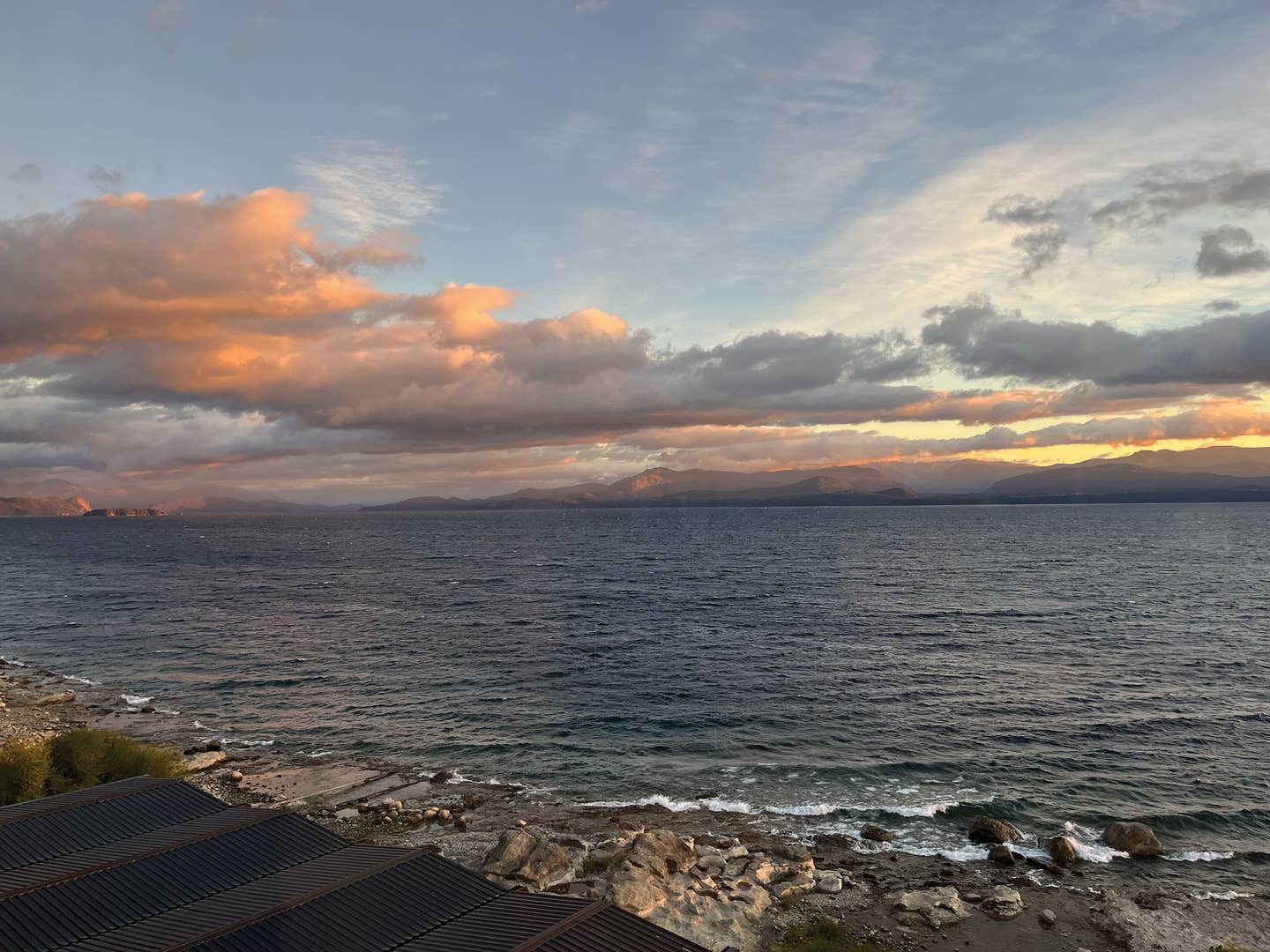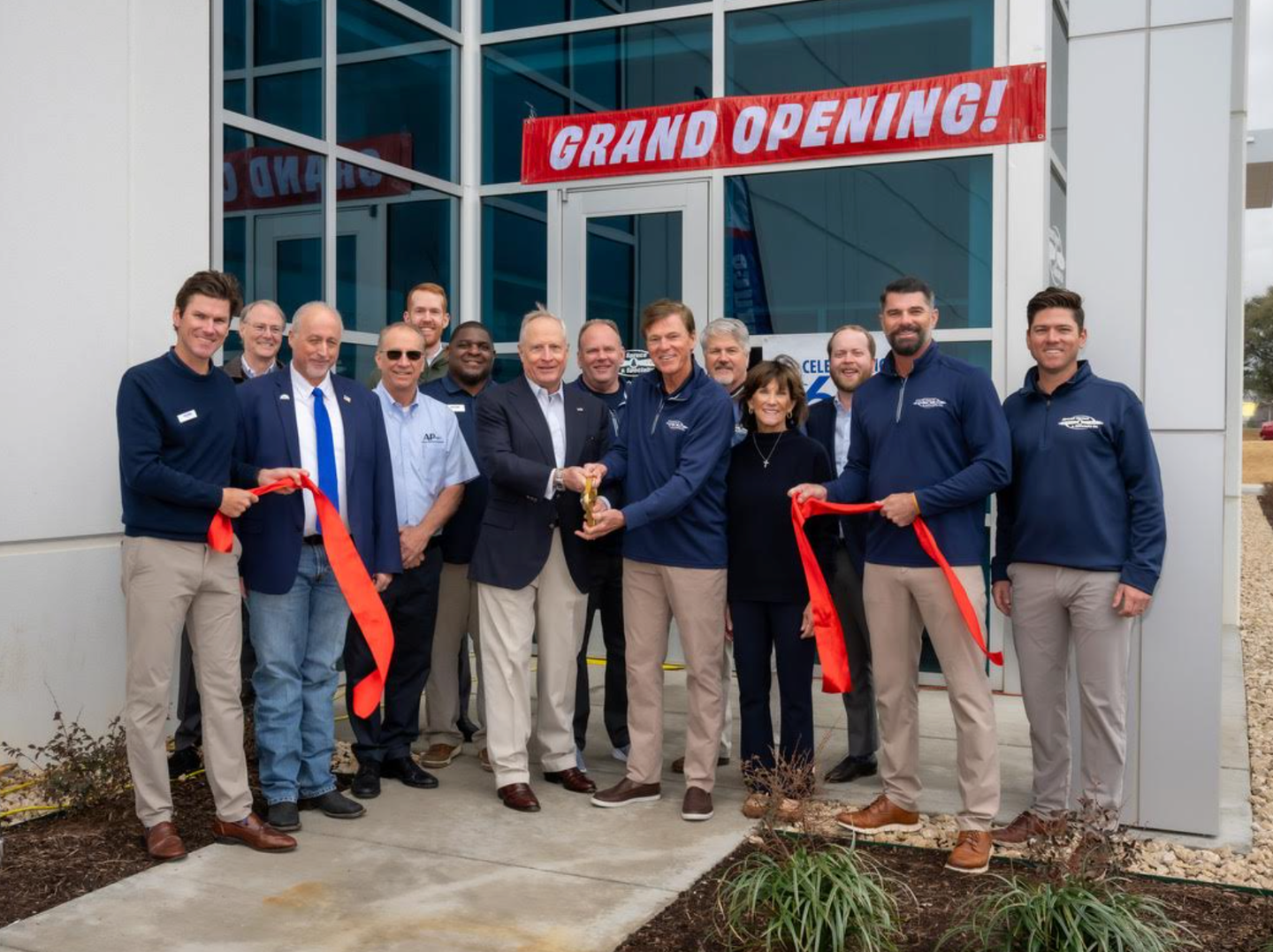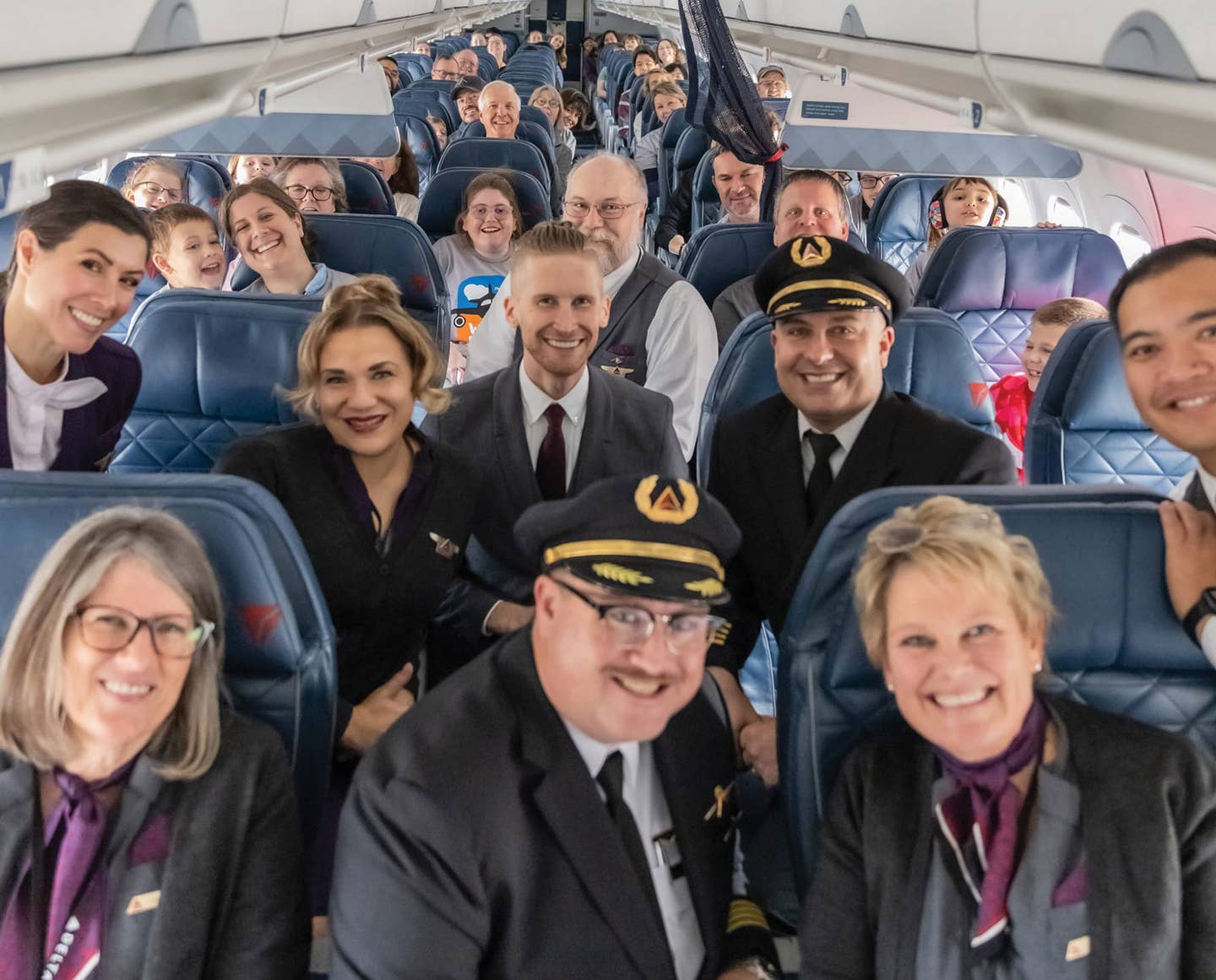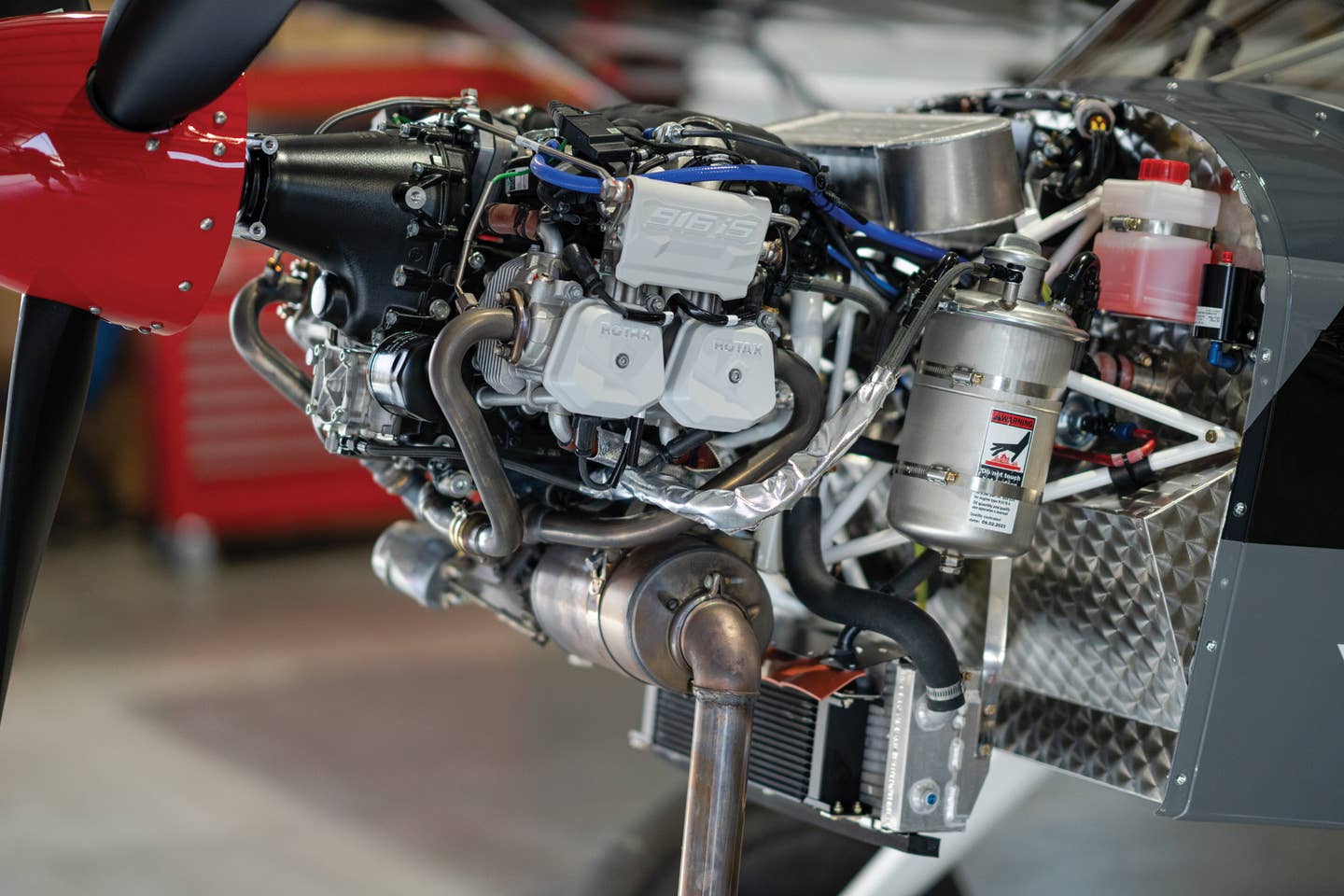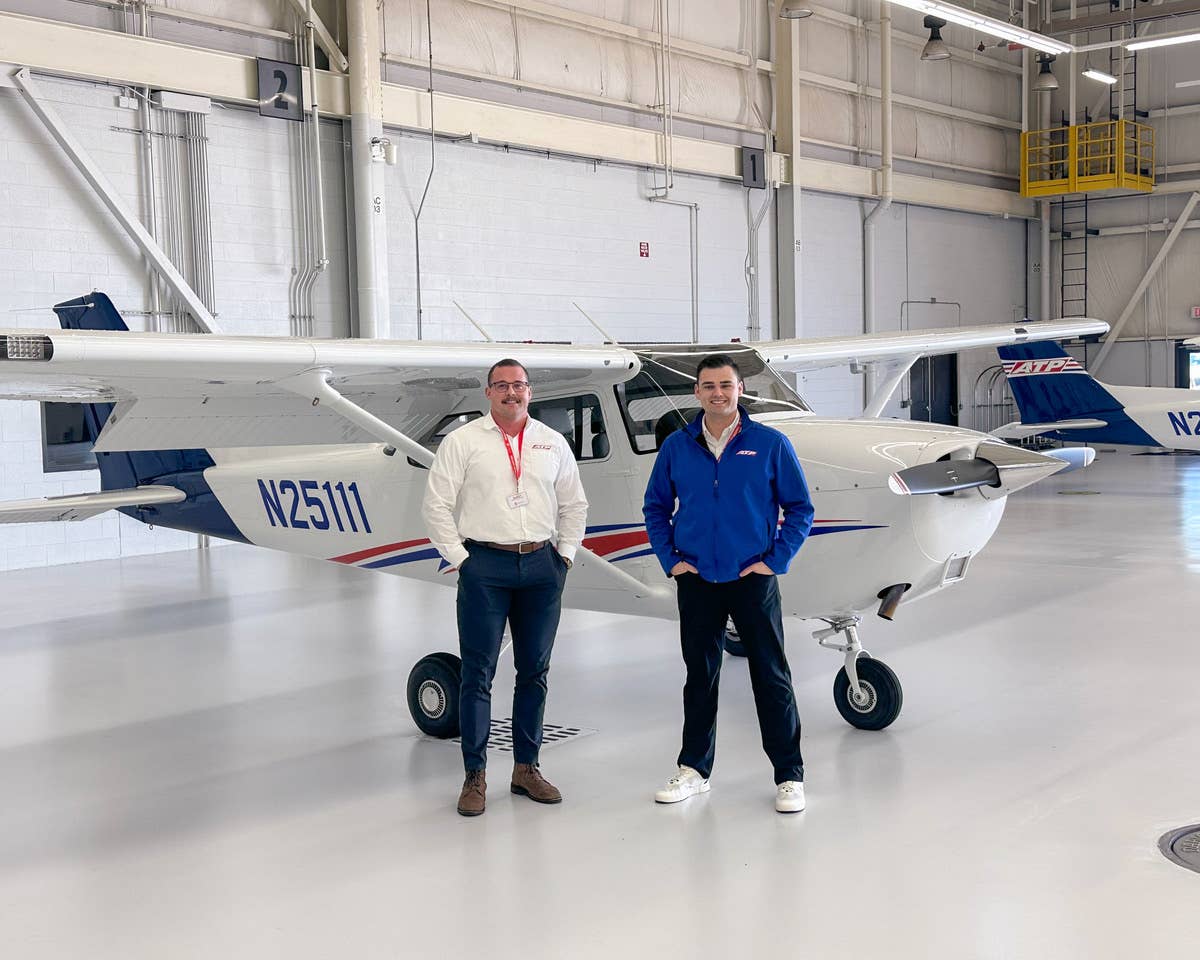High Country View
GA pilot feels blessed to have experienced so much of the nation—and so much flying.
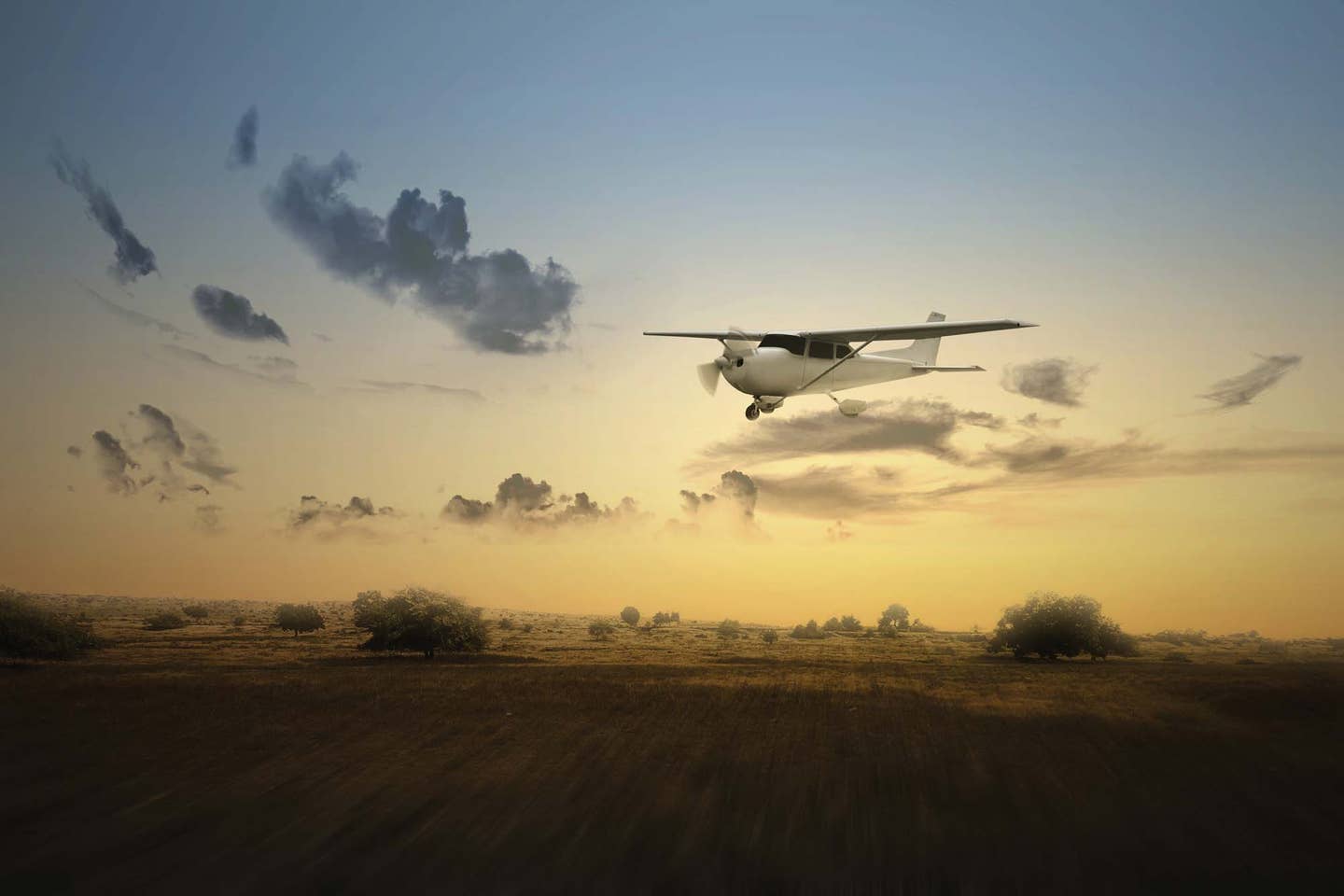
It’s fascinating to compare flying in different parts of the country. In my 50 years of flying, I’ve been lucky enough to live and fly from the four corners of the nation, as well as three states in the middle.
Home base was at 10 different airports: two nontowered; eight Class D, some before the letter designations, two Class C, and one lake. All of the Class D airports were close to or under Class B airspace, but I’m not married to towers. On long cross-country flights, like Savannah, Georgia, to Oshkosh, Wisconsin, or Prescott, Arizona, I look for cheap gas, and that usually means nontowered airports.
Flying in New England was cold in the winter—no surprise. The flying club planes were tied down outside, and it wasn’t unusual to find ice and snow all over them. We were always careful to get the plane cleaned off, but it took a while. I don’t recall how we did it, 50 years ago, but I still remember being told not to pound on the C172. Pounding on the airplane to loosen ice was forbidden. We didn’t have a heated hangar, but our chief instructor pointed out that, if we did, melted water could collect in the control surfaces, waiting to refreeze once the plane left the hangar and put the control surfaces out of balance.
One arrow I had in my quiver was that, even as a student pilot, I was knowledgeable about instrument procedures. In fact, I even flew an ILS to minimums before solo. That approach was ugly like you read about, but at minimums, the needles were crossed.
My first real PIC instrument approach was ferrying a C172 to Hyannis, Massachusetts, on Cape Cod for maintenance. It was nice VFR until within a few miles when we descended into the clouds. In solid soup, approaching minimums, the pilot friend in the right seat said, “I’ve got the lights.” I looked up and saw the lead-in strobe lights above me, reflected in the clouds. I knew we were right-side up, but…two seconds later, the runway appeared where it should have been, and my pulse slowed to triple digits.
On another flight, I was returning to Bedford, Massachusetts, which was reporting clear while every other airport in New England was IFR. Sure enough, Bedford was in the middle of a clear hole, 30 miles across.
The biggest geographical difference came when I moved from Hanscom Field (KBED) near Boston, where I learned to fly, to the California Bay Area. On the East Coast, the ocean is east, but on the West Coast, it is west. Shouldn’t make a difference, but it does.
It was easy enough to avoid Oakland and San Francisco Terminal Control Areas, now Class B, but Bay Area weather was completely different from New England. In the summer evenings, fog would blow in off the ocean (from the west!) and form a low overcast. One CFI did chores at home in the mornings and came out to the airport about lunchtime as the clouds were dissipating.
There were also the winter storms that I usually avoided. One time, however, there was reason to fly, and as it turned out, that one storm wasn’t all that bad. I have always been overly conservative, but no complaints.
Later on, after I earned my CFII, we were IFR over the Central Valley and heard a nervous, noninstrument-rated pilot struggling with his situation. There was nothing we could do for him, and when we left the frequency, he was still airborne and right side up.
Years later, I foolishly left Silicon Valley for a promising but short-lived startup in Minneapolis, where I got my seaplane rating with a CFI who was later inducted into the Flight Instructor Hall of Fame. Floatplane flying was a total hoot. However, that startup company decided that it could get along without me, and eight months later, I was back in California. Two years later, they had $12 million in unsold inventory from an initial investment of $16 million.
Back in California, at an excellent AOPA Flight Instructor Refresher Clinic, the presenter, nicknamed “Catfish,” was giving a session on thunderstorms. One wag interjected that, yes, last year we had a thunderstorm. Another opined that it was a good one. Catfish couldn’t believe that thunderstorms were that rare in California.
A career opportunity moved us to the Seattle area, and I flew the RV-4 to Arlington, Washington, home of the SkyFest fly-in. Summer in Seattle starts about July 4 and lasts for two months. Otherwise, the standard weather forecast is “rain turning to showers, chance of sun breaks.” There were opportunities to fly VFR under the clouds, but winter IFR meant ice.
To the east of Seattle were the Cascades, with frequent FAA hints and warnings about getting lost and crashing if you didn’t stick to the mountain passes. Or even if you did. New to the area, I took those warnings seriously. The family steed at this point was a Cessna 175 with every STC in the book, including STOL kit, gap seals, 180 hp Lycoming, constant speed prop, and new avionics, including an IFR GPS.
Flying to Oshkosh for EAA AirVenture took us over high terrain, choosing our fuel stops with density altitude in mind. With this airplane, DA presented a caution, but never really a threat.
Once, coming back over Lake Michigan at 10,000 feet, it was legal VFR, but absolutely no horizon. Way, way down below, 3 miles of Lake Michigan were visible, and we weren’t in clouds, so we were book-legal VFR. It was a sucker trap, legally VFR but actually IMC. That generated a PIREP.
Coming back from Oshkosh one year, when I was not instrument current, we encountered smoke over Montana. Thick, thicker and thicker, until ground contact was only a vestigial circle below us. Time to make a 180, watch The Perfect Storm, and spend the night. Next morning, we took off before the fires really got going again.
Montana could also be bumpy in the summer, but that wasn’t the worst of it. On one trip home, we had a 50-knot headwind, really annoying at a true airspeed of only 125.
All of this was quite different from Boston or California. A cautious attitude and listening to all those safety briefings made things work.
A new job then took me to Prescott, elevation 5,000 feet. Again, this was a VFR-only locale because IFR meant icing or thunderstorms. The one day that there was flyable IMC, all the CFIIs grabbed every plane they could for their first chance at actual IFR.
Sometimes I would fly south through the Phoenix TCA. At the time, it had a less-than-wonderful reputation, and it was rumored that the special use airspace around Luke Air Force Base was distinct from the adjoining TCA for that reason.
One flight, given instructions to cross whichever end of the Phoenix Sky Harbor International Airport (KPHX), things just didn’t seem right in the cockpit. When I reached the ground, I discovered that the sectional chart had been printed such that the 330-degree radial had the first “3” obscured, and I read it as 30 degrees. When I called the chart people, they gave me a ridiculous suggestion to always check radials against those nearby in case there was a misprint.
Another job change took me to Cedar Rapids, Iowa, where the trusty Cessna was joined by an AirCam. The AirCam was far and away the best airplane for giving rides, screaming along at 70 knots. We took off one day with a forecast of gentle winds, but looking down at the gusts massaging the cornfields, it was clear that winds were up. Tower called us and said that winds were now at 30 knots, so we headed back, carefully landed, and taxied back in. It was an impressively short landing roll.
Weather fronts really meant something in Iowa, more than they had in the other places I’d lived. There was also one spring morning when, after several days of bitter winter weather that cold-soaked everything in the hangar, a moist warm front came through, condensing on everything, even in the hangar. All those warnings about gas tank condensation suddenly had a new meaning.
Finally came the move to Savannah, where the RV-9A now lives. Summer means cumulus, and even the smallest cumulus clouds will viciously paw at the RV-9A. ADS-B weather is a big help for the big picture, but my rule of thumb is to not fly through any cumulus I can’t first inspect visually.
Summer often also means low IFR in the mornings and cumulus clouds in the afternoon. In other words, late morning departures. I’ve adopted a test pilot friend’s rule for single-engine IFR cross-country—namely, never fly above an overcast lower than 1,000 feet, just in case the engine quits.
I’ve obviously been lucky in my flying career to see so much of the country—and so much of it flying. I’m grateful that there have always been good teachers and good information to help me avoid bad decisions. I’ve been blessed.
Images: Adobe Stock

Subscribe to Our Newsletter
Get the latest Plane & Pilot Magazine stories delivered directly to your inbox


